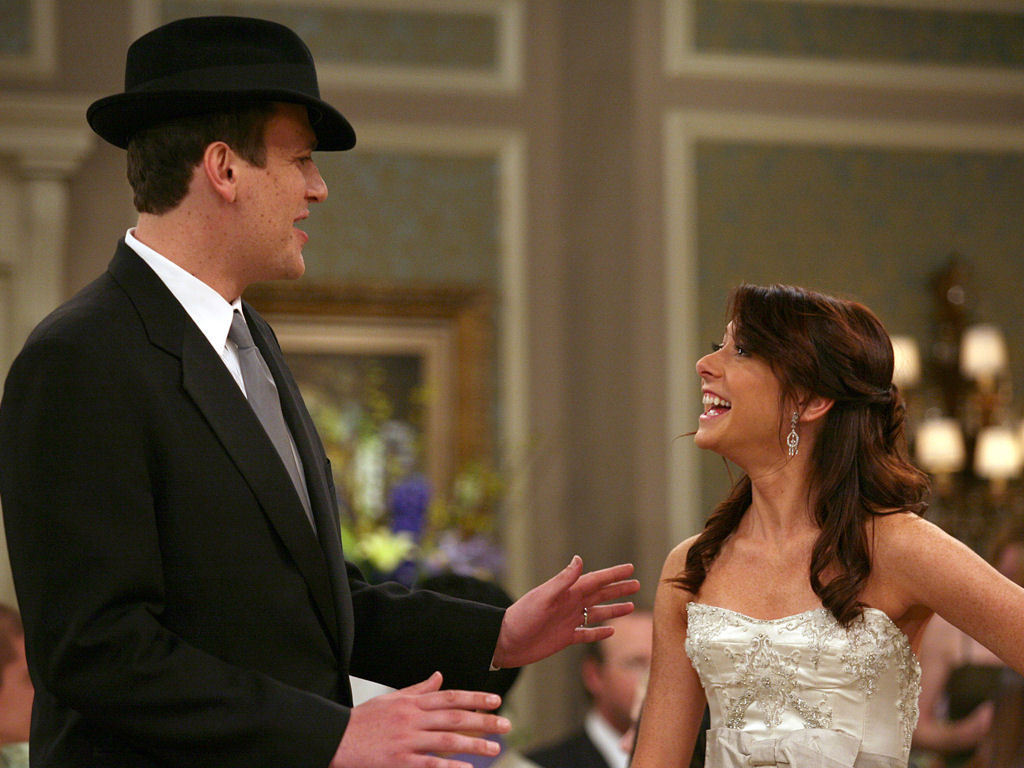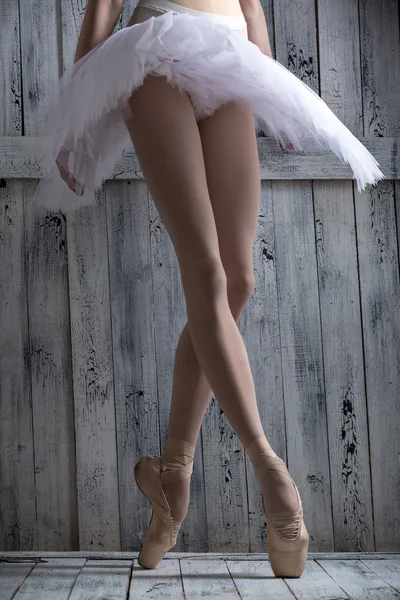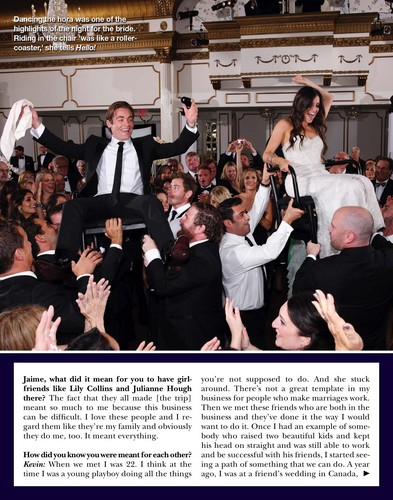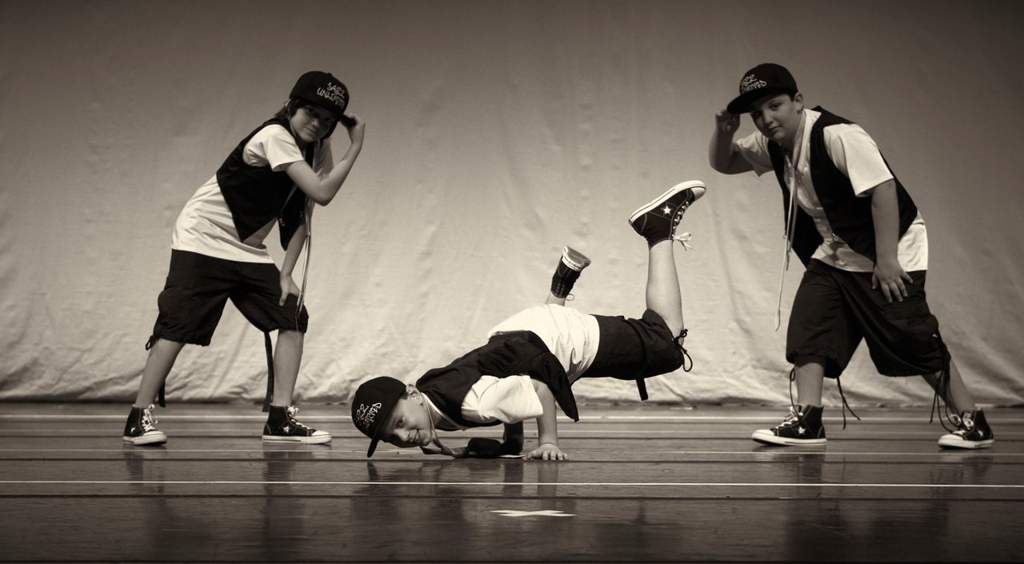How to do a calypso leap in dance
Calypso Leap - How To Do A Calypso
Leaps are one of the greatest thrills in dance. Dancers appear to defy gravity as they soar through the air. Some people come equipped with a natural ability for jumping, whereas some have to work at it a little harder. Most leaps in dance require remarkable strength, coordination and an amplified range of motion to execute correctly, and a calypso leap is no exception to this rule. A calypso is a turning dance leap in which the working leg is brushed and held straight, while the back leg is held in the attitude position. Although the description alone may intimidate dancers, we are strong believers that practice makes perfect. We will provide you with our step-by-step approach on how to perform this dance leap, as well as enlighten you on how you can make your calypso more vibrant in no time by utilizing the Myosource Kinetic Bands.
How To Do a Calypso
Dancers must stretch before practicing or performing a calypso leap. Failing to stretch can easily result in a muscle strain or other types of injury. If you’re a newbie to the calypso leap, practice sitting in a calypso on the ground. This will allow you master the form of a calypso while also allowing you to acquire flexibility for the leap. You can also practice in front of a mirror to visually see what needs to be corrected or tweaked in order to achieve a flawless calypso leap from start to finish. For even greater improvement, seek feedback from an instructor or other dance critique and whole-heartedly put their knowledgeable advice into action. It may take a lot of practice to perfect your calypso leap, but it will come with time and persistence. Be patient with yourself as you follow the steps below.
- Prepare your body by adequately stretching to aid in the deterrence of injuries
- Initiate a calypso leap by starting in first position
- Tendu the right leg (brush the foot along the floor with the leg straight without lifting the toe.
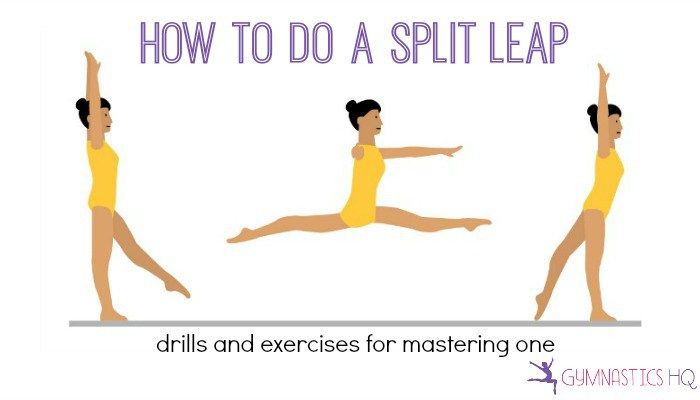 This is done to warm up and stretch the muscles of the foot as a preparation for larger leg movements)
This is done to warm up and stretch the muscles of the foot as a preparation for larger leg movements)
AND
Fondu the left leg (gradually bend the knee of this supporting leg. It is the same as a plie, but fondu means you do the plie on only one leg) - Tombe (fall from one leg to the other, landing with all the weight on the foot that has just moved, while flexing the knee) into a nice parallel chaine turn (a two-step turn where the body rotates 180 degrees on each step) in releve followed by a second chaine turn in deep plie. Weight should be in your left foot when you end the turn because that is what will give you the lift to come up off the floor
- All at once your…
• Right leg kicks up, fanning up and around to extend out to the side with your toes pointed
• Left leg comes up arching back into an attitude (knee bent at an angle of 90 degrees and well turned out so that the knee is higher than the foot)
• Cambre (body is bent from the waist and stretching backward or sideways with the head following the movement of the upper body and arms).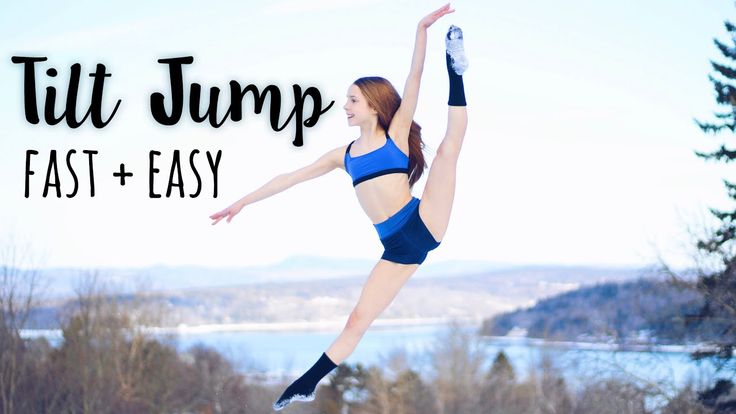 Keep body square to the audience with your chest open while suspended in the air.
Keep body square to the audience with your chest open while suspended in the air.
• The arm on the side of the raised leg is held over the head in a curved position while the other arm is extended to the sideHow to Improve Your Calypso Leap
A deep plie is important for achieving the height a dancer needs to properly carry out a leap. A plie is simply a deep knee bend, and the last step dancers take before leaving the ground. The deeper the plie, the more power dancers will have in their legs to push off of the ground. No matter how many steps a dancer takes to prepare for the leap, it is most important that they really bend the knees to get as much power as they need to get high into the air. If dancers are new to this skill, they should try backing off the extension and concentrate on height and proper placement (including turnout) first. Once they get that, dancers can start to slowly increase their extension. The goal is for height, upper body projection and extension to all hit their maximum at the same time.
 Once a dancer can do an incredible leap with miraculous height and attractive projection, only then should they start to increase their extension gradually. If dancers find themselves sacrificing good technique in order to get more leg extension, they should back off. With practice, dancers will get there, but it will take time.
Once a dancer can do an incredible leap with miraculous height and attractive projection, only then should they start to increase their extension gradually. If dancers find themselves sacrificing good technique in order to get more leg extension, they should back off. With practice, dancers will get there, but it will take time.Dancers should be sure to look up as they go into their leap. If dancers look up, the rest of their body will follow. Looking down will keep a dancer low to the ground. As dancers approach their leap, they should fixate on a high spot in the distance and then aim to reach that spot. Our bodies naturally strive to meet the goals we set, so dancers need to set their goals high. Looking up will not only allow dancers to jump higher, but will also make for a prettier leap. Also, dancers need to practice exhaling on the leap instead of holding their breath.
What goes up must come down, so landing cannot be avoided. A leap is not complete until it is landed safely.
 Once again, a deep plie will be helpful. The goal for the landing will be to hit the floor as softly, and quietly, as possible. Dancers should never come out of a leap with straight knees, as doing so will almost always result in an injury. Dancers should roll through their feet-toe, ball, and heel, as landings should also never be done with a flat foot. Dancers should begin thinking about their landing as soon as their feet leave the ground. Mentally preparing the legs to absorb the weight during the landing will really make a difference.
Once again, a deep plie will be helpful. The goal for the landing will be to hit the floor as softly, and quietly, as possible. Dancers should never come out of a leap with straight knees, as doing so will almost always result in an injury. Dancers should roll through their feet-toe, ball, and heel, as landings should also never be done with a flat foot. Dancers should begin thinking about their landing as soon as their feet leave the ground. Mentally preparing the legs to absorb the weight during the landing will really make a difference.Body Conditioning for a Colorful Calypso
In order to master the execution of innovative leaps, dancers must work to physically condition their body for such a talent. Besides learning and mastering the proper form for each type of dance leap, dancers can take their skills, scores and confidence to a new level by training the body to create higher leaps. Increasing dancers functional ability to powerfully explode off of the ground for higher leaps and therefore longer air time should be a goal for all dancers who strive to be the best they can possibly be.
 Strong legs, hip flexors and glutes are what allow dancers to blast off the ground and soar to new heights with elegance and poise. Dancers can train with the Myosource Kinetic Bands to aid in the development of leg and core strength while instantaneously perfecting their leap technique. Because the Myosource Kinetic Bands fit just above the knees, dancers can perform leaps and other dance specific skills with full range of motion while resistance is enforced on every movement. The resistance aids to fire and evenly build up the specific muscles used for each dance leap while also forming muscle memory.
Strong legs, hip flexors and glutes are what allow dancers to blast off the ground and soar to new heights with elegance and poise. Dancers can train with the Myosource Kinetic Bands to aid in the development of leg and core strength while instantaneously perfecting their leap technique. Because the Myosource Kinetic Bands fit just above the knees, dancers can perform leaps and other dance specific skills with full range of motion while resistance is enforced on every movement. The resistance aids to fire and evenly build up the specific muscles used for each dance leap while also forming muscle memory.Flexibility is another important aspect of a dancers success during leaps. It’s vitally important that muscles are properly stretched and supple before practicing or performing leaps or other dance movements. As we discussed, different leaps utilize different muscles, so it is crucial to dedicate time for stretching during warm up and after any activity to relax the specific muscle groups.
 Resistance training with Myosource Kinetic Bands is an effective way to warm up the muscles and increase flexibility faster. Increasing flexibility will help reduce the stress imposed on dancers muscles and tendons, prevent injuries and improve overall performance. In a controlled and safe manner, dancers will improve their range of motion by lengthening the muscle and connective tissue around each joint with the support and guidance of the resistance bands.
Resistance training with Myosource Kinetic Bands is an effective way to warm up the muscles and increase flexibility faster. Increasing flexibility will help reduce the stress imposed on dancers muscles and tendons, prevent injuries and improve overall performance. In a controlled and safe manner, dancers will improve their range of motion by lengthening the muscle and connective tissue around each joint with the support and guidance of the resistance bands.There is no shortcut to become skilled in the areas of flexibility, strength and body control- it takes hard work! - And this turning leap is impossible without each of these. For unlimited access to strength exercises, core exercises, center floor exercises and stretches, purchase our DVD Body Conditioning for Dancers with Kinetic Bands.
Showing all 2 products
Sort By: Featured ItemsNewest ItemsBest SellingA to ZZ to ABy ReviewPrice: AscendingPrice: Descending
how to do a calypso leap for beginners
TikTokUpload
For You
Following
jordanjsparks
Jordan Sparks
Calypso Leap Tutorial Part 1! #wishmeluck #makeadrink #smallgestures #dance #calypsoleap #baryshnikov #dancer #dancers #leap #dancetechnique #acro
TikTok video from Jordan Sparks (@jordanjsparks): "Calypso Leap Tutorial Part 1! #wishmeluck #makeadrink #smallgestures #dance #calypsoleap #baryshnikov #dancer #dancers #leap #dancetechnique #acro".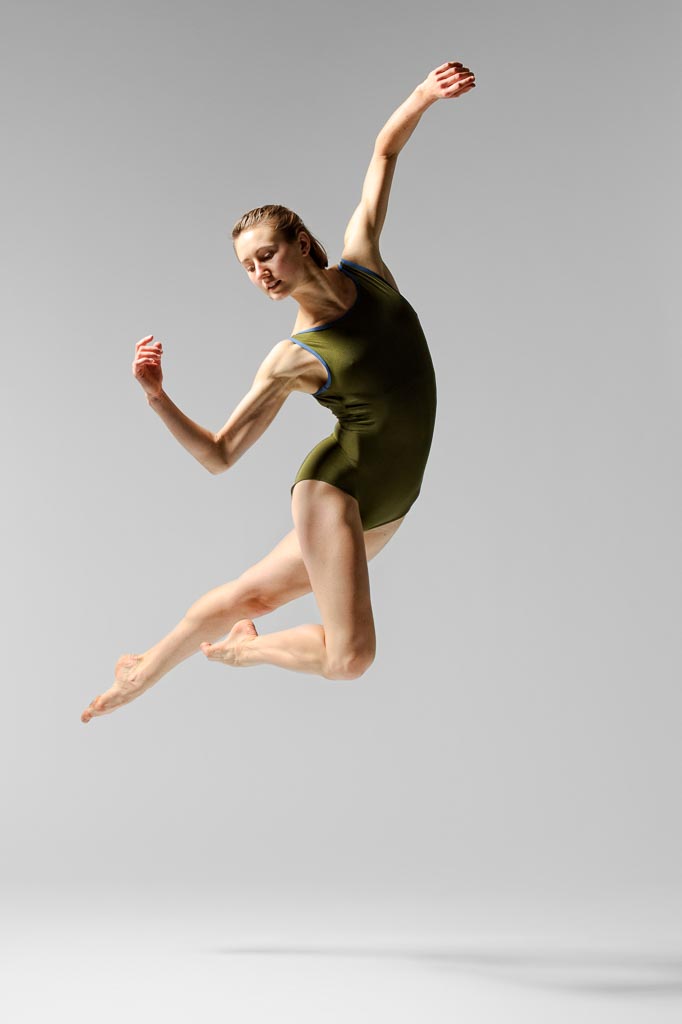 Calypso Leap Tutorial. original sound.
Calypso Leap Tutorial. original sound.
7297 views|
original sound - Jordan Sparks
ashlirossi
Ashli
Reply to @morgsmurphyy Calypso tips! #dance #dancer #danceteacher #danceteacherlife #professionaldancer #calypso #competitivedance
2.5K Likes, 32 Comments. TikTok video from Ashli (@ashlirossi): "Reply to @morgsmurphyy Calypso tips! #dance #dancer #danceteacher #danceteacherlife #professionaldancer #calypso #competitivedance". CALYPSO | Always make sure to warm up! | TIPS | .... good 4 u.
39.4K views|
good 4 u - Olivia Rodrigo
kpfinnigan
KAT
Reply to @myra.kristine I remember these being such a struggle for me as a kid hahaha hope this helps 💖 #dancer #jumps #fyp
14.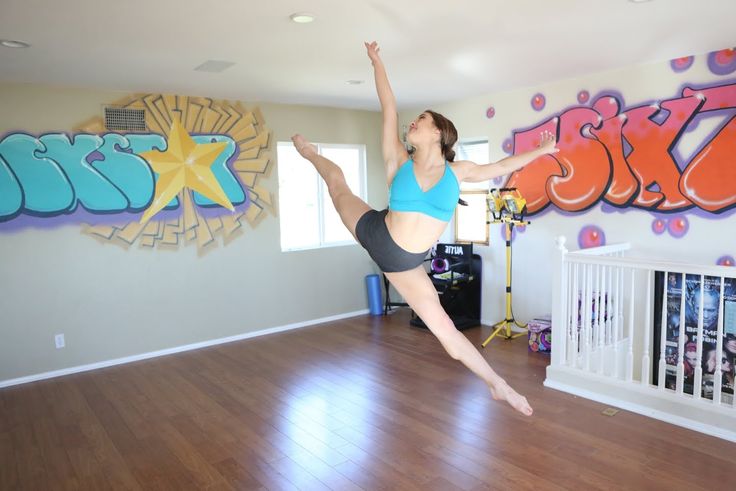 4K Likes, 160 Comments. TikTok video from KAT (@kpfinnigan): "Reply to @myra.kristine I remember these being such a struggle for me as a kid hahaha hope this helps 💖 #dancer #jumps #fyp". original sound.
4K Likes, 160 Comments. TikTok video from KAT (@kpfinnigan): "Reply to @myra.kristine I remember these being such a struggle for me as a kid hahaha hope this helps 💖 #dancer #jumps #fyp". original sound.
77.2K views|
original sound - KAT
dancelabsofficial
Dance Labs
Reply to @avabug2727 Calypso tutorial? Say less! #calypso #dancetutorial #dancelabs #ThanksandGiving #MakeABunchHappen #dancetricks #dancersoftiktok
4.5K Likes, 55 Comments. TikTok video from Dance Labs (@dancelabsofficial): "Reply to @avabug2727 Calypso tutorial? Say less! #calypso #dancetutorial #dancelabs #ThanksandGiving #MakeABunchHappen #dancetricks #dancersoftiktok". CALYPSO | SLO-MO | Follow and/or Comment to stay on ✨DanceTok✨. Cute Christmas songs.
104.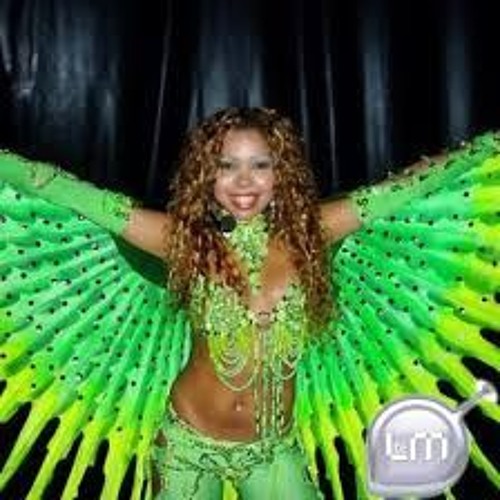 5K views|
5K views|
Cute Christmas songs - TEtoTE_Music
lunaperformingarts
LUNA
LUNA🌙calypso tutorial! Comment what else you’d like to learn! #fyp #dance #nyc
1.6K Likes, 25 Comments. TikTok video from LUNA (@lunaperformingarts): "LUNA🌙calypso tutorial! Comment what else you’d like to learn! #fyp #dance #nyc". Blow Your Mind (Mwahchallenge).
24.1K views|
Blow Your Mind (Mwahchallenge) - Dua Lipa
steelcitytheatre
Steel City Theatre
Trick Tips: How to Calypso! 🕺🩰 with our contemporary dance instructor, Miss Bailee! #ChewTheVibes #dance #calypso #contemporary #contemp
TikTok video from Steel City Theatre (@steelcitytheatre): "Trick Tips: How to Calypso! 🕺🩰 with our contemporary dance instructor, Miss Bailee! #ChewTheVibes #dance #calypso #contemporary #contemp". How To Calypso! | Trick Tips: | Step 1: | .... Roxanne - Instrumental.
How To Calypso! | Trick Tips: | Step 1: | .... Roxanne - Instrumental.
3907 views|
Roxanne - Instrumental - Califa Azul
omaschoolmusicanddance
OSMD
How to do a calypso leap! Check it out - let's see your own calypso-ing skillz #OSMD #letslearn #dance #lyrical #howto
TikTok video from OSMD (@omaschoolmusicanddance): "How to do a calypso leap! Check it out - let's see your own calypso-ing skillz #OSMD #letslearn #dance #lyrical #howto". original sound.
337 views|
original sound - OSMD
pilatesbyzola
Zola Williams
Reply to @morgsmurphyy Have fun! #dancersoftiktok #tutorial #learnontiktok #dance
328 Likes, 12 Comments. TikTok video from Zola Williams (@pilatesbyzola): "Reply to @morgsmurphyy Have fun! #dancersoftiktok #tutorial #learnontiktok #dance". Calypso Tutorial!. Sunny Day.
TikTok video from Zola Williams (@pilatesbyzola): "Reply to @morgsmurphyy Have fun! #dancersoftiktok #tutorial #learnontiktok #dance". Calypso Tutorial!. Sunny Day.
3817 views|
Sunny Day - Ted Fresco
lisadigorioschoolofdance
Dance4lisa
Reply to @jarren_harris here’s a small tutorial on the straddle jumps and calypsos. I hoped you all learn and have fun. #dance #learning
2.5K Likes, 67 Comments. TikTok video from Dance4lisa (@lisadigorioschoolofdance): "Reply to @jarren_harris here’s a small tutorial on the straddle jumps and calypsos. I hoped you all learn and have fun. #dance #learning". original sound.
59.8K views|
original sound - Dance4lisa
mattydancer
Matthew Guerrera 🕺🏼
📌Tips & Tricks for better leaps📌 #danceteachersoftiktok #dancersoftiktok #dancetipsandtricks #teachersoftiktok #maledancer #dancetips #dancer #dance
2.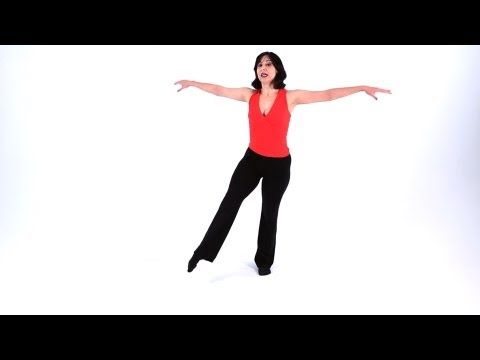 6K Likes, 22 Comments. TikTok video from Matthew Guerrera 🕺🏼 (@mattydancer): "📌Tips & Tricks for better leaps📌 #danceteachersoftiktok #dancersoftiktok #dancetipsandtricks #teachersoftiktok #maledancer #dancetips #dancer #dance". Dance Leaps | Tips & Tricks | **Helpful for ANY leaps** | .... Dance Leaps.
6K Likes, 22 Comments. TikTok video from Matthew Guerrera 🕺🏼 (@mattydancer): "📌Tips & Tricks for better leaps📌 #danceteachersoftiktok #dancersoftiktok #dancetipsandtricks #teachersoftiktok #maledancer #dancetips #dancer #dance". Dance Leaps | Tips & Tricks | **Helpful for ANY leaps** | .... Dance Leaps.
27.6K views|
Dance Leaps - Matthew Guerrera 🕺🏼
Jazz (lesson concept)
The main task is to consistently warm up:
• feet and Achilles tendon, knee joint, hip joint, spine, shoulders, arms.
Options: mill, isolation,
- Combinations with a combination of DEMI and Grand Plie, Releve
Torson slopes:
- Combin Flat Back, Side Stretch all inclinations can be combined with DEMI 9000 9000 9000 9000:
- Curve. arch arch. Twist torso. Spirals. Roll down and roll up. Body Roll ("Wave")
- Contract, Release, High Release
- Tilt, T-position, Layout
- Swing, DROP 9000
-
7 : tilts, turns, sundari
- Shoulders: rises, movements, twist, shake.
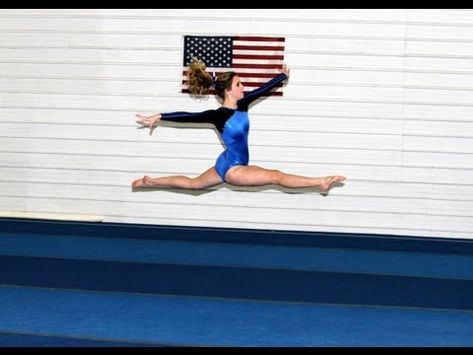 "Eight"
"Eight" - Chest: sides, front-back, lowering - lifting,
- Pelvis: movement forward - backward, sideways, hip lift, shimmi, jelly roll, figure eight
- Hands.
- Hand and forearm. These parts of the hand can move independently and in combination with each other. The brush can move up and down, as well as perform circles. The same goes for the forearm. During movements of the forearm, the elbow should remain motionless and not change its location.
- Legs. The foot can move up and down in isolation, flex and point respectively, and circle in and out. The same applies to the lower leg, when the movement occurs in the knee joint.
- Chain from head to toe. Connection of different centers (coordination)
Pigging exercises:
Combinations: cross, square, semicircle, circle. complex geometric shapes. "Eight". Rhythmic drawings. Execution methods: sharp, staccato thrust and slow compression.
Coordination.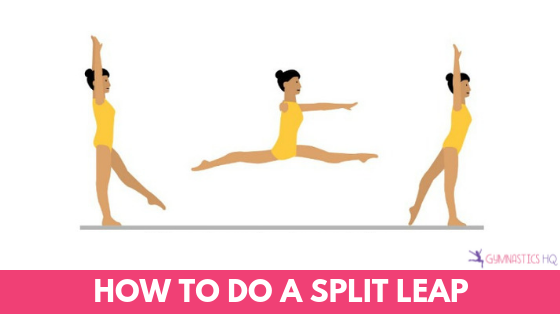 Two, three, four centers are coordinated in simultaneous parallel movement, complication with movement in opposition, introduction of complex rhythmic patterns. Coordination of several centers during movement.
Two, three, four centers are coordinated in simultaneous parallel movement, complication with movement in opposition, introduction of complex rhythmic patterns. Coordination of several centers during movement.
ADAGIO
Leg movements: 1. Battement developpe 2. Battement fondu 3. Battement releve lent 4. Demi and grand rond 5. Demi and grand plie 6. Grand battement 7. Flex of the foot and knee
Poses and positions: 1 A la seconde 2. Attitude 3. Epaulment 4. Arabesque 5. T-position
Auxiliary dynamic movements and connecting steps: 1. Degage 2. Glissade 3. Step boll change 4. Pas failli 5. Renverse
Spins: 1. Ground tours 2. Tour lent 3. Pirouette 4. Compas turn 5. Corkscrew turn 6. Tour chaines
EXERCISE VARIANTS:
• Combination of 4 jazz positions + hips, twists in the body
- Attitude combo (+ pumping the foot), tandu batman + flex
• Jazz square + hands in positions + pass.
In the rhythm of the dance! Almetevska - News of Almetievsk and Tatarstan on ZaiInfo
09/08/2014
In the rhythm of the dance!
The hot summer is over, sunny days have been replaced by rainy gray weekdays that bring cold and melancholy, worsening mood and general health. To increase the tone of life and refresh everyday life with new unforgettable sensations, you will be helped by the atmosphere of exciting travels, recreated by the Bushido fitness center in incendiary dance rhythms from the burning beaches of Miami, the mysterious and exotic countries of Latin America and the alluring, shrouded in sophistication and beauty, East. Ideally selected by experienced instructors, the programs will allow you to master the dance elements of Zumba, Reggaiton and belly dance with maximum ease and accuracy, reveal your inner potential and feel a real surge of energy. Becoming captivating and sexy is easy - just take the first step and move boldly, following the sounds of your heart!
To increase the tone of life and refresh everyday life with new unforgettable sensations, you will be helped by the atmosphere of exciting travels, recreated by the Bushido fitness center in incendiary dance rhythms from the burning beaches of Miami, the mysterious and exotic countries of Latin America and the alluring, shrouded in sophistication and beauty, East. Ideally selected by experienced instructors, the programs will allow you to master the dance elements of Zumba, Reggaiton and belly dance with maximum ease and accuracy, reveal your inner potential and feel a real surge of energy. Becoming captivating and sexy is easy - just take the first step and move boldly, following the sounds of your heart!
Today, dance instructor Aigul will show us three dance styles: Reggaeton, Belly Dance and Zumba Fitness. Aigul has been dancing since the age of five. She graduated from the Tatar Gymnasium. She took part in fitness conventions, as well as in various competitions.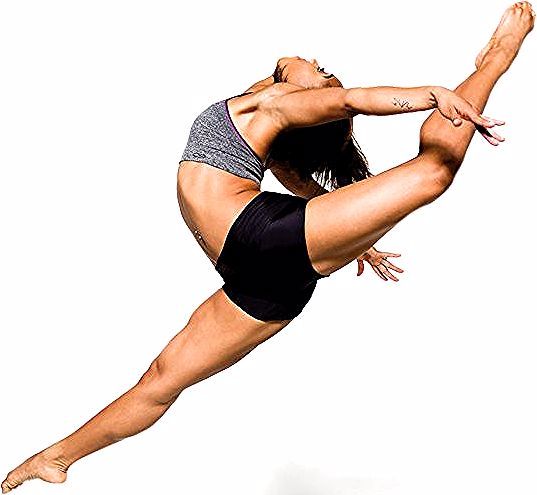 Passed seminars and master classes with experienced choreographers in Moscow. student of Kazan Federal University with a degree in Regional Management and Financing.
Passed seminars and master classes with experienced choreographers in Moscow. student of Kazan Federal University with a degree in Regional Management and Financing.
The dance guides Aigul Gimadieva
Reggaeton
Regiton, which became popular in Latin America in the 1999s, and then in the world. This is a hybrid of several Caribbean dance styles and American hip-hop, which has its own unique "dem bow" rhythm. Reggaeton is performed in Spanish and is usually danced in pairs. In women's reggaeton, the shoulders are actively used, playing musical accents in a variety of ways, as well as the body and arms.
Dance direction instructor Aigul shows us the female part in reggaeton, based on the typical movements of this dance and female plasticity, in all its manifestations, she has a soft and feminine style, but at the same time hot like everything related to reggaeton. We will develop shoulders, work on beautiful arms and shake our booty to reggaeton rhythms.
We will develop shoulders, work on beautiful arms and shake our booty to reggaeton rhythms.
Aigul teaches:
- listen to music and rhythm, feel when we speed up to the music or, on the contrary, slow down.
- use all the natural female features: the beauty of hands, hair, movement of the body.
- correct facial expression.
- completeness of each movement
- soft power in women's dance
Reggaeton is real sexuality!
Zumba Fitness
This system was developed in 1990 by dancer and choreographer Alberto "Beto" Peres from Miami, along with his namesake assistants Perlman and Agion.
Zumba dance consists of Latin dance elements. The dance moves are based on variations of Latin styles including merengue, mamba, salsa, flamenco, rumba and calypso. Jumps and squats are also included in this fitness program.
Both fast and slow rhythms take place, so amateurs easily destroy boredom and increase the speed of movements and tone of their body!
First of all, you need to take care of the right clothes for Zumba. The best option would be:
The best option would be:
- elastic bright shorts;
- tops and T-shirts;
- comfortable sneakers.
Any clothing that is comfortable to move in will do. Clothing should be bright, the reflection in the mirror should please.
Start warming up with normal movements so that the blood circulation increases and the muscles are supplied with blood. A small warm-up is required - it protects the muscles from injury.
It is advisable to start training at home with simple steps and clear cumbia rhythms - they will set the general mood of the workout. The very first level for beginners - Zumba Basis - is perfect for this. Once you get used to the basic and simple ones, start adding complex elements. You need to increase the difficulty level gradually.
Aigul advises:
- Avoid twisting and choppy movements.
- Move forward and backward, try to create a mixture of movements and dance elements.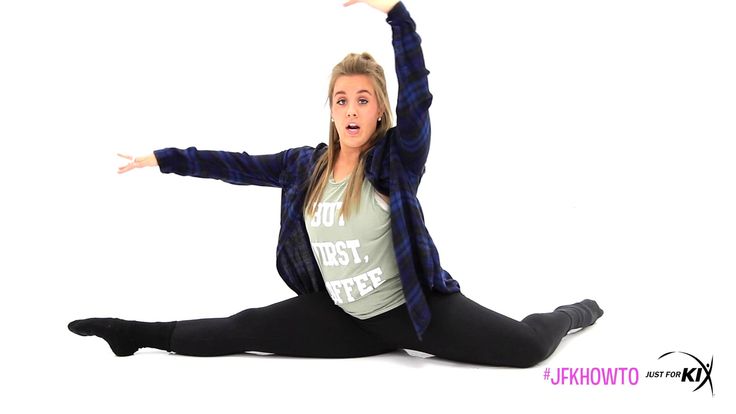
- Play salsa and rumba in different rhythms.
- End the session with regular steps at a slow pace.
- Stretch your calves and hamstrings, try to slow down your breathing towards the end of the dance session.
- Just relax and enjoy burning calories.
- Don't forget to wear dance shoes or athletic shoes.
The Zumba principle - enjoyment comes first!
Belly Dance
Oriental dances allow a modern woman to know herself, reveal her femininity, show her creative energy, light a fire inside. This is a great way to improve your health, become free, beautiful and self-confident!
Belly dance is an Arab national dance. Western name for a dance technique common in the Middle East and Arab countries. In Arabic, it is known as Raqs Sharqi, in Turkish - as Oryantal dansı, that is, "oriental dance". The originality of oriental belly dance is in its plasticity.
In belly dance, the movements fascinate with their eroticism, but they are quite simple and monotonous, so it will not be difficult for you to master them.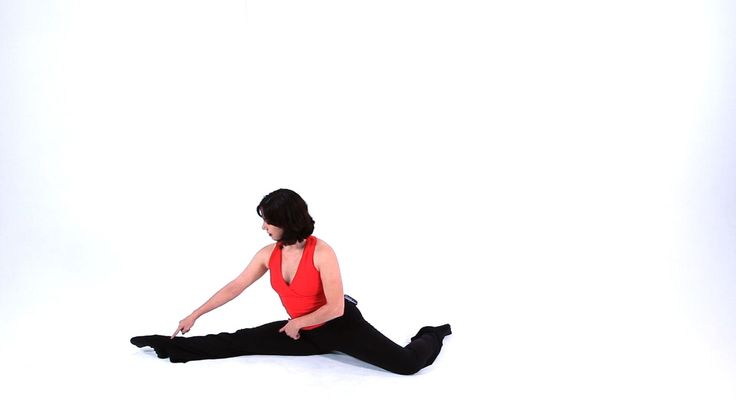 In addition, you will burn about 400 calories per hour. If you want to strengthen your abs and buttocks, give them relief, then in a couple of months of training you will get the expected result. It's no secret that pumping abdominal muscles is a boring, monotonous concern, and it's not at all a fact that you will last for a long time or you will find the desired "cubes".
In addition, you will burn about 400 calories per hour. If you want to strengthen your abs and buttocks, give them relief, then in a couple of months of training you will get the expected result. It's no secret that pumping abdominal muscles is a boring, monotonous concern, and it's not at all a fact that you will last for a long time or you will find the desired "cubes".
Home workouts are just perfect to start with. You are not shy or complex about your angular movements or imperfect body. Movements can be learned barefoot, you do not need an oriental costume - any clothing that does not restrict movement will do. It is best to start the lesson with a warm-up, in order to warm up all the muscles of the body and prepare them for further exercise:
- slowly sit down on your heels, leaning to the left, then to the starting position, then to the right. Repeat 8 times.
- Get on your knees, back straight. Do four large rotations of the hips to the left, then to the right. Try to perform the exercise so that the torso remains motionless. Only the hips should move.
Try to perform the exercise so that the torso remains motionless. Only the hips should move.
- in the same position, draw a “figure eight” with your hips, first back, then forward. Repeat the exercise 8 times.
After warming up, you can move on to learning new dance moves. Dance instructor Aigul will show us some simple moves:
Volumetric eights back and forth
The most smooth movement of the hips with a stationary upper part. Mentally draw a figure eight on the floor. Stand in the center of the eight. Legs shoulder width apart. Bring your left thigh forward. Without opening the heels from the floor, draw a half of the figure eight with the left thigh, moving the thigh back to the maximum twisted position, in which the chest still remains motionless. Draw the second half of the figure eight with the right thigh. When performing a volume eight forward, the left thigh is retracted back to the maximum twisted position. We describe the figure-eight forward with the left hip, maximally turning the right hip back. With the right hip we describe the remaining half of the eight.
With the right hip we describe the remaining half of the eight.
Pendulum top-down and bottom-up. A figure eight is performed in a vertical plane.
Standing on the whole foot. The legs are slightly apart. The knees are slightly bent - “soft”, the parts of the element smoothly pass into each other. Raise the right thigh up to the armpit, bring the thigh to the right and lower it down, followed by raising the left thigh to the armpit up. Pendulum from bottom to top. We bring the thigh to the right as far as possible to the side, raise it to the armpit due to the separation of the heel from the floor. We release diagonally down, followed by abduction of the left hip and lifting it up.
Hip circles
Big and smooth. The back is always straight. We mentally imagine a circle in a horizontal plane and try to outline it from behind with the buttocks, bending the lower back as much as possible, and in front - as much as possible turning the pubis onto the stomach.
